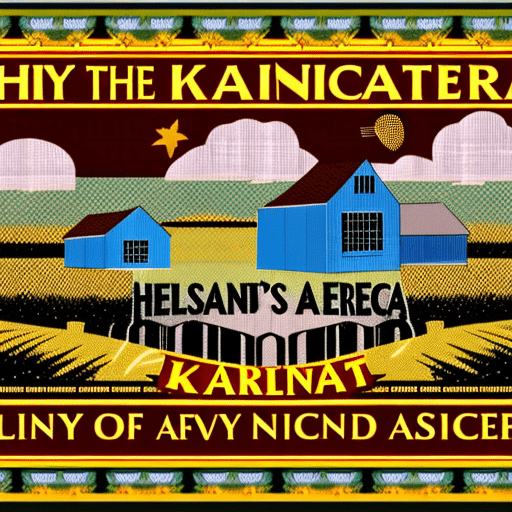The City of God against the Pagans: A Summary
One-line summary: “The City of God against the Pagans” by Saint Augustine is a monumental work that explores the relationship between the earthly city and the heavenly city, arguing that true peace and happiness can only be found in the latter.
In “The City of God against the Pagans,” Saint Augustine delves into the complex interplay between the earthly city and the heavenly city, offering profound insights into the nature of human society, politics, and spirituality. This monumental work, written in the early 5th century, addresses the challenges posed by the fall of Rome and the rise of Christianity, seeking to reconcile the Christian faith with the realities of a crumbling civilization.
The Earthly City and the Heavenly City
Augustine begins by distinguishing between two cities: the earthly city, which is built on human pride and self-interest, and the heavenly city, which is founded on the love of God and neighbor. He argues that these two cities are in constant conflict, with the earthly city driven by earthly desires and the heavenly city guided by divine love. While the earthly city pursues temporal happiness and material success, the heavenly city seeks eternal bliss and communion with God.
The Fall of Rome and the Rise of Christianity
In response to the fall of Rome, many people blamed Christianity for the decline of the empire. Augustine counters this argument by asserting that the earthly city is inherently flawed and subject to decay, regardless of religious affiliation. He argues that the true cause of Rome’s downfall lies in its pursuit of earthly pleasures and its neglect of spiritual values. Augustine emphasizes that the heavenly city, not the earthly city, is the ultimate source of true peace and happiness.
The Role of Grace and Divine Providence
Throughout the book, Augustine explores the role of grace and divine providence in the lives of individuals and societies. He asserts that God’s grace is necessary for salvation and that it is through divine intervention that individuals can overcome the corrupting influence of the earthly city. Augustine also emphasizes that God’s providence is at work in human history, shaping events according to His divine plan. He argues that even in the midst of chaos and suffering, God’s providence is ultimately leading humanity towards its ultimate destiny.
Key takeaways from “The City of God against the Pagans”:
- There is an inherent conflict between the earthly city and the heavenly city, with the latter offering true peace and happiness.
- The fall of Rome cannot be solely attributed to Christianity; rather, it is the result of the inherent flaws of the earthly city.
- Grace and divine providence play a crucial role in the salvation of individuals and the shaping of human history.
As Augustine eloquently puts it, “The earthly city glories in itself, the heavenly city glories in the Lord.” This quote encapsulates the central theme of the book, highlighting the stark contrast between the self-centeredness of the earthly city and the God-centeredness of the heavenly city. “The City of God against the Pagans” serves as a timeless reminder that true fulfillment and happiness can only be found in the pursuit of divine love and the embrace of God’s grace.











